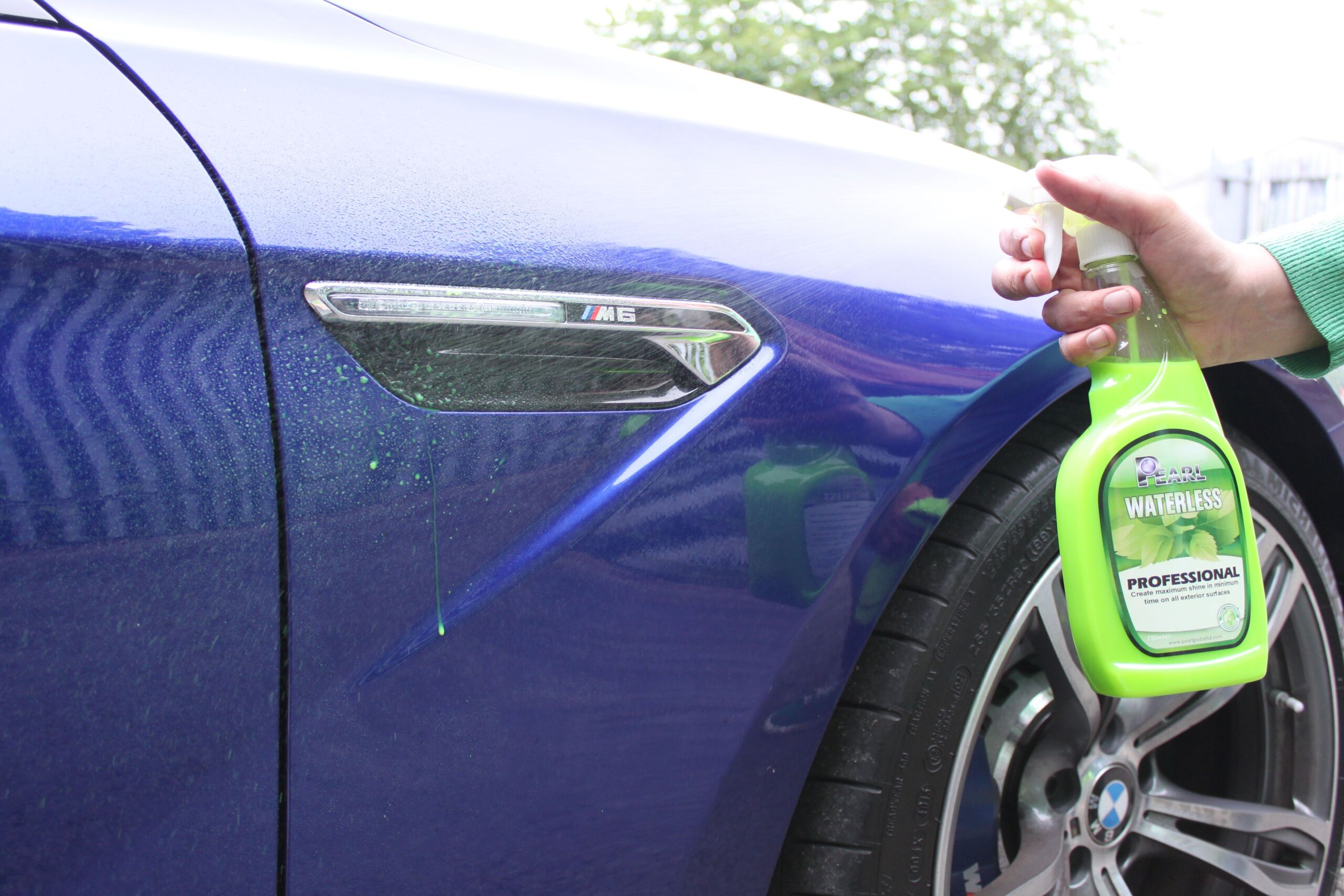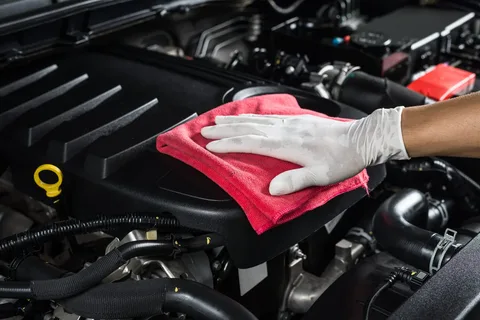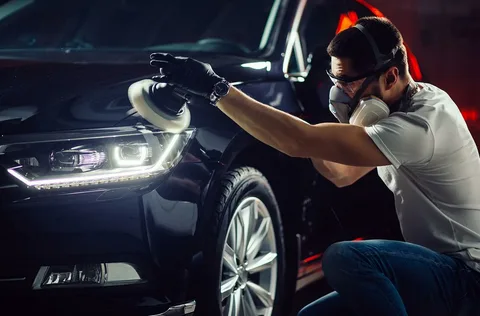Pros and Cons of Waterless Car Cleaning
Eco-friendly detailing is gaining popularity, and one of the biggest innovations is waterless car cleaning. Instead of using hoses and gallons of water, this method uses high-lubricity sprays and microfiber towels to lift dirt safely. But while it saves time and water, it’s not always the perfect solution for every situation.
According to industry research, a traditional driveway wash uses 80–140 gallons of water, while a waterless wash can use less than one cup. Still, whether this method is right for you depends on your needs, driving habits, and environment.
Pros of Waterless Car Cleaning
1. Eco-Friendly
Waterless cleaning drastically reduces water use and runoff pollution, making it sustainable and urban-friendly.
2. Convenience
Can be done anywhere — in a garage, driveway, or parking lot — with no hose or drains needed.
3. Time-Saving
A full wash can be completed in 20–30 minutes, compared to an hour or more with traditional washing.
4. All-in-One Formula
Many products clean, add gloss, and leave a layer of protection in one step.
5. Safe for Coated Cars
Waterless washes are compatible with ceramic coatings, wax, and PPF, helping maintain hydrophobic properties.
Cons of Waterless Car Cleaning
1. Not Ideal for Heavy Dirt
Thick mud, sand, or salt buildup can scratch paint when wiped with a towel.
2. Requires Multiple Towels
You’ll need several microfiber towels to prevent dirt transfer and scratching.
3. Higher Product Use
Compared to soap and water, waterless washes often use more spray solution.
4. Learning Curve
Improper technique (like reusing dirty towels) can create swirl marks.
5. Cost Over Time
While saving water, frequent use may cost more in sprays compared to bucket washes.
When to Use Waterless Cleaning
- For light to moderate dirt buildup
- In apartments or cities without hose access
- During water restrictions or droughts
- As a quick touch-up between traditional washes
Final Thoughts
The pros and cons of waterless car cleaning show that while it’s not a replacement for every situation, it’s a powerful tool for eco-friendly, quick, and convenient car care. For light dirt and regular upkeep, it delivers excellent results while saving time and resources.
Frequently Asked Questions (FAQ)
What is waterless car cleaning?
It’s a method using spray solutions and microfiber towels instead of water to clean cars.
Is waterless cleaning safe for paint?
Yes, when done correctly with lubricated sprays and clean towels.
Can I use waterless wash on a very dirty car?
No. It’s not recommended for heavy mud, sand, or thick grime.
Does waterless cleaning scratch paint?
Not if multiple clean microfiber towels are used properly.
Is waterless car cleaning eco-friendly?
Yes. It saves up to 140 gallons of water per wash.
How often can I use waterless cleaning?
As often as needed, especially for light upkeep between washes.
What products do I need for waterless cleaning?
A waterless wash spray and multiple microfiber towels.
Is waterless wash safe on ceramic coatings and PPF?
Yes. It’s compatible with coatings, wax, and paint protection film.
How long does a waterless wash take?
Typically 20–30 minutes for a full car.
Is waterless cleaning cheaper than traditional washing?
It saves water costs but may require more frequent product purchases.




